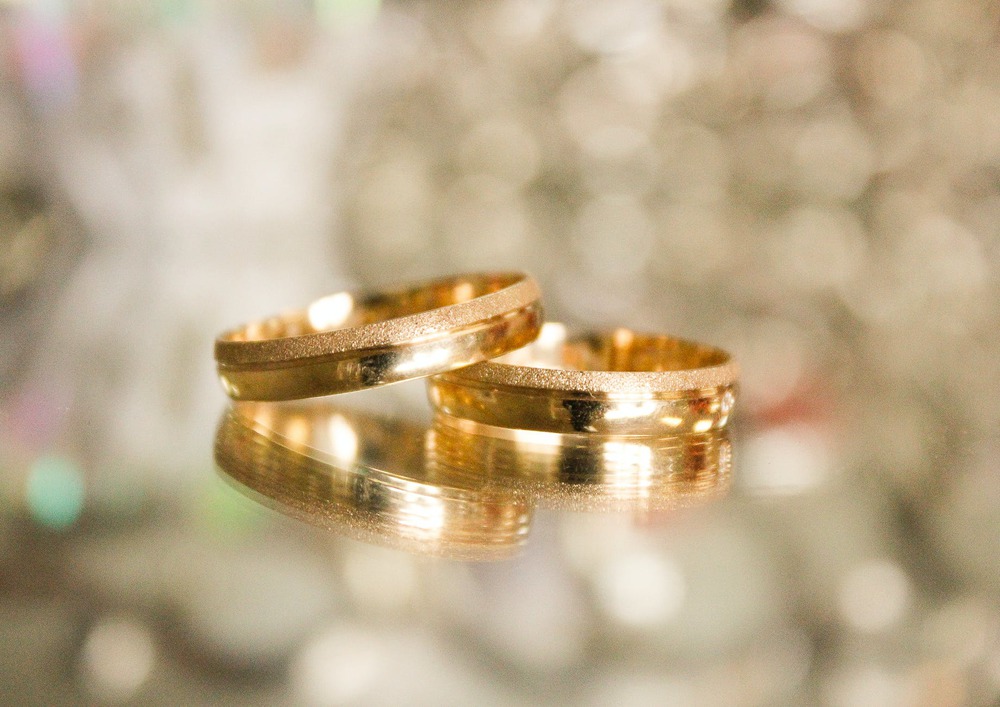You’ve probably heard that certain metals can cause your skin to react, but what about hypoallergenic metals? Here is a list of metals known for their hypoallergenic properties and can be safely worn by everyone.
What Makes a Metal Hypoallergenic?
Hypoallergenic means “below normal” or “slightly” allergenic. It does not mean that something is “allergy-proof.” These metals contain very little nickel or trace amounts, one of the most common allergens. In addition, nickel with rhodium plating can protect the metal against an allergic reaction.
Tips to Find Hypoallergenic Metals
1. If unsure about a particular piece, ask a jeweler to check the metal content.
2. For earrings, choose a metal with few or no nickel alloys to reduce the risk of skin irritation and infection.
3. The higher the karat weight, the less alloyed metal is used in your jewelry.
4. Avoid costume jewelry and vintage pieces if they may be plated in nickel or other materials that can cause allergic reactions.
5 . If there is skin redness or swelling around any piece of jewelry, remove the piece immediately and consult with a doctor if the irritation continues or worsens over time.
What Are the Hypoallergenic Metals?
It can be a real pain for people with metal allergies trying to find jewelry that won’t cause them to break out in a rash or worse. Because of this, the search for hypoallergenic metals can be a very important one. Fortunately, many metals are hypoallergenic, and there will be no problem finding them.
1. Tungsten
Many brides and grooms want to avoid metals that cause allergies or tarnish over time. If you’ve been told to stay away from sterling silver due to allergies and don’t prefer gold, platinum, or palladium for wedding jewelry, tungsten rings are one of the options. Also, due to the popularity of tungsten carbide, it is often the first choice for many people looking for an alternative metal ring.
2. 24K gold
Pure gold is a popular metal for jewelry. However, it is not well suited to everyday wear because of its softness. Pure gold is 24 karat, but most jewelry contains other metals and is referred to as a certain karat — 14k, 18k, etc.

3. Sterling Silver
Sterling Silver is a hypoallergenic metal that is beautiful, durable, and resilient. It contains 7.5% of other metals such as copper to help fortify it, keeping it from bending and breaking with regular wear.
4. Fine silver
Fine silver is 99.9 percent pure silver, or “fine silver.” This soft metal will bend and scratch easily, though, so it’s often mixed with other metals such as coin silver and sterling silver to make it more durable.
5. Copper
Copper is a hypoallergenic metal, which means that it doesn’t contain nickel, lead, or other metals that can cause an allergic reaction. People have utilized it for thousands of years with its many different uses, from jewelry making to home appliances.
6. Titanium
Titanium is a popular choice for earrings as well as body jewelry. It’s relatively light, making it easy and comfortable to wear on the face, ears, or neck. Also, it has a high resistance to corrosion from acids and chlorides. Lastly, titanium particles are very large to penetrate the skin and thus will not cause any adverse reactions.
7. Stainless Steel
Stainless steel is a hypoallergenic metal that contains no nickel. It is also resistant to rust and corrosion, so it is an ideal piece of ideal jewelry to wear. Stainless steel with chromium does not rust, corrode or stain with water as ordinary steel does.
Hypoallergenic Metals are Safer
None of the metals listed above will cause an allergic reaction in most people. But some individuals may have allergies to certain metals that are usually considered hypoallergenic.
If you’re planning to buy or wear jewelry made from these metals, it’s recommended to have a patch test with a tiny amount of the metal before wearing it. This is because every person has different reactions and sensitivities to metals, and it may not be obvious if you’re allergic until you’ve been wearing the jewelry for several hours.
Carol
Information sourced by the author for luxuryactivist.com. All content is copyrighted with no reproduction rights available. Images are for illustration purposes only.
References:
https://www.healthline.com/health/allergies/hypoallergenic
https://kaleidoscopesandpolkadots.com/best-metals-sensitive-ears/#:~:text=Pure%20metals%2C%20such%20as%2024K,absence%20of%20nickel%2C%20generally%20speaking.
https://www.goldenagebeads.com/blog/hypoallergenic-metals-for-sensitive-skin.html
